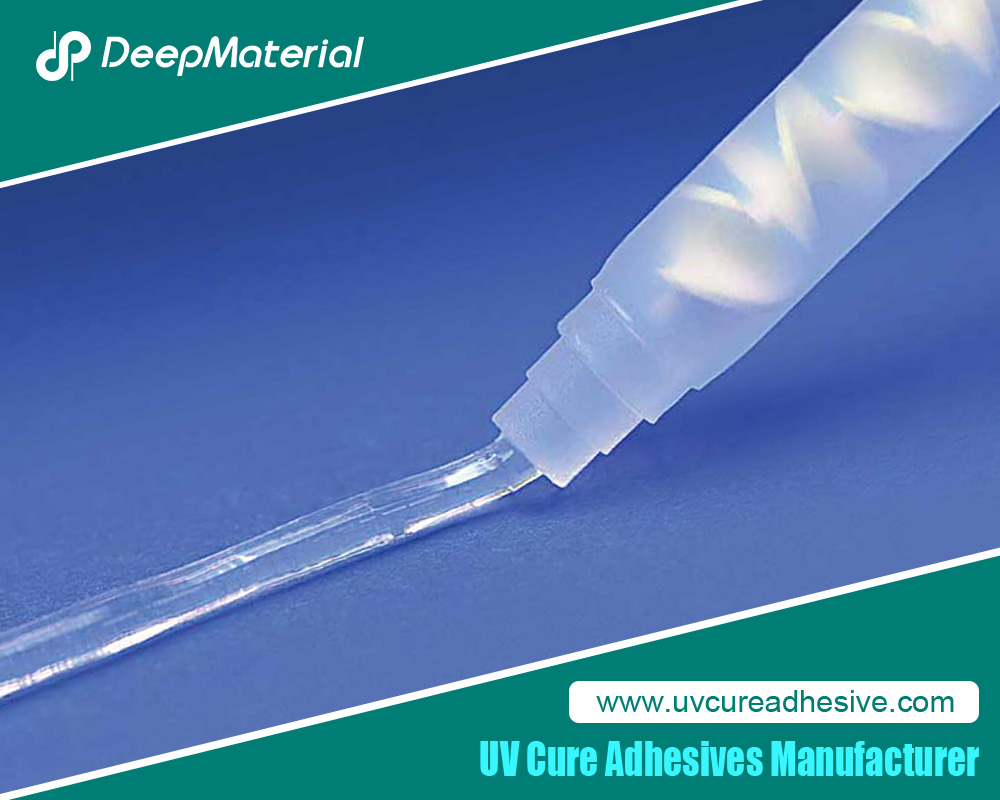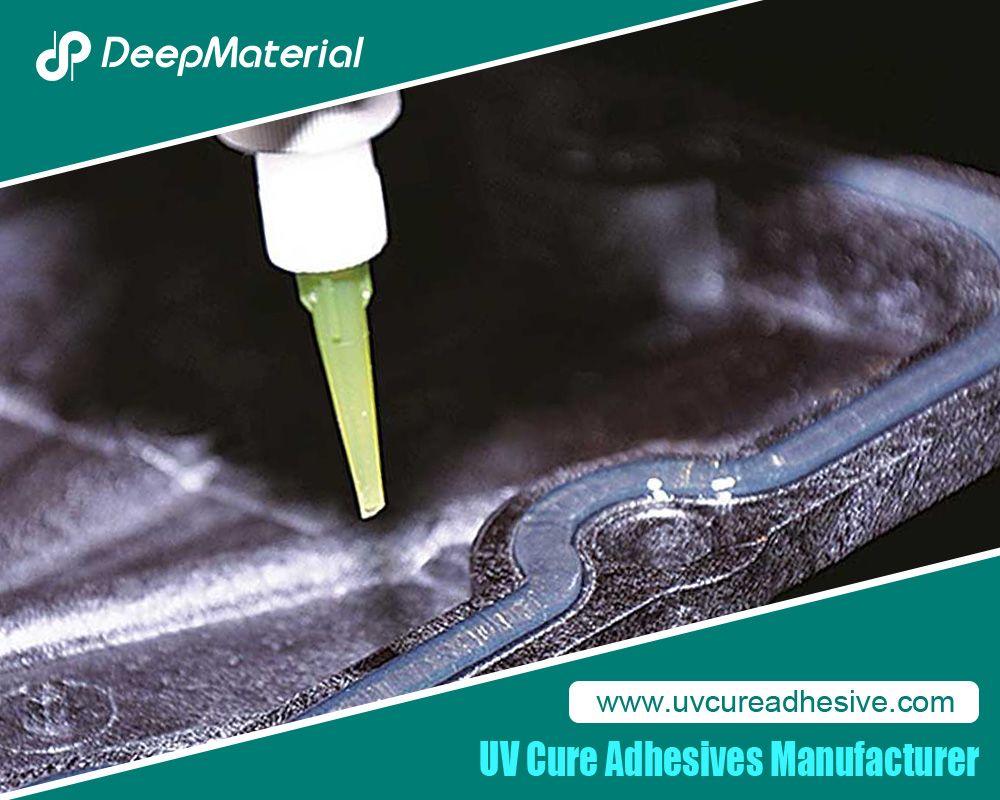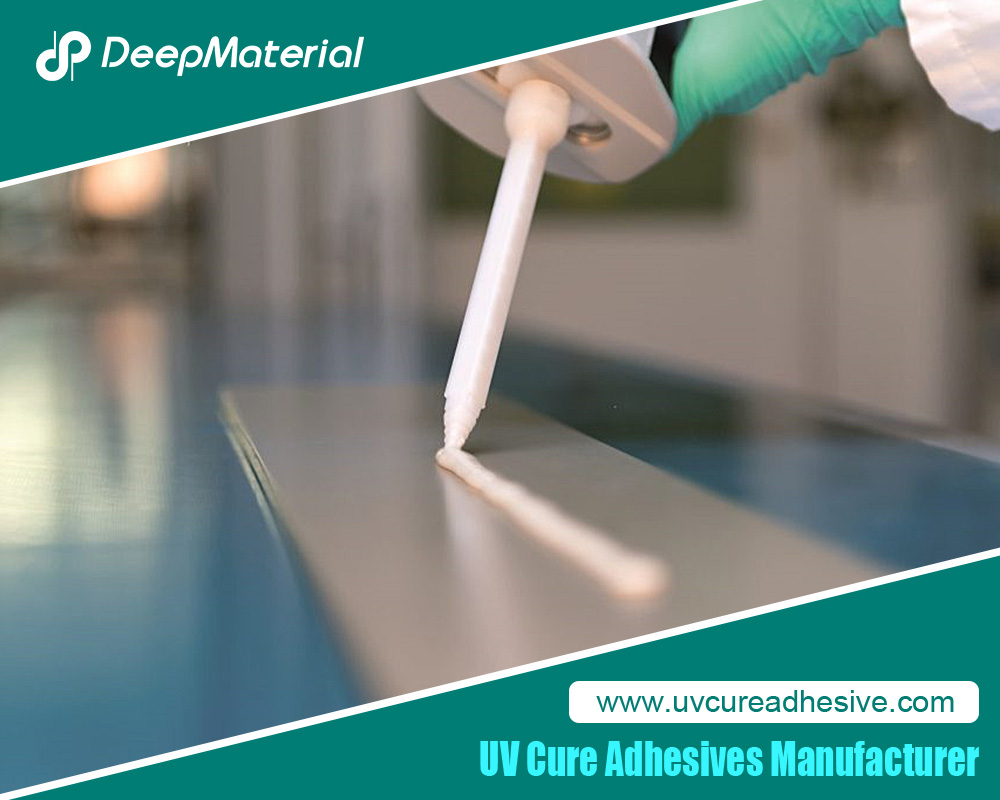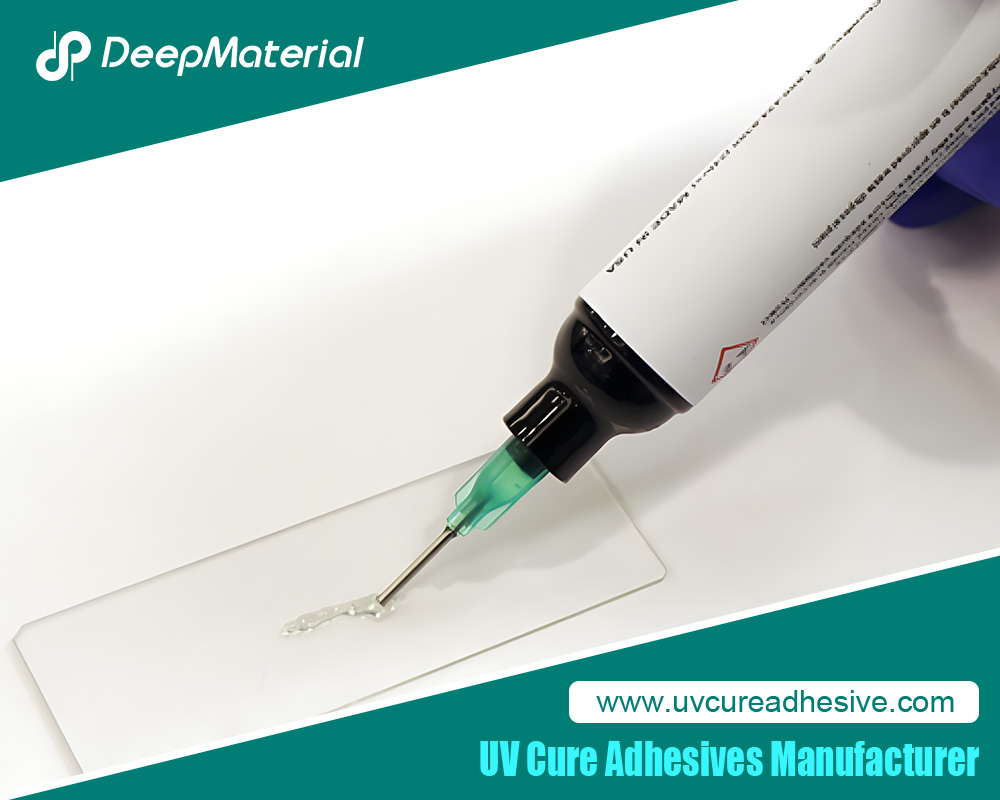A Comprehensive Analysis of Environmental Requirements for UV Adhesives Used in Touch Screens
With the rapid advancement of technology, touch screens, as critical interfaces for human-computer interaction, are widely used in various electronic devices such as mobile phones, tablets, and automotive cockpits. As a key material in touch screen manufacturing, the environmental performance of UV adhesives is not only related to user health but also of great significance for environmental protection. This article deeply explores the environmental requirements for UV adhesives used in touch screens.
Low Volatile Organic Compound (VOC) Emissions
Traditional solvent-based adhesives release large amounts of VOCs during use. These substances negatively impact indoor and outdoor air quality and may participate in photochemical reactions to form secondary pollutants such as ozone, endangering human health. The primary environmental requirement for touch screen UV adhesives is low VOC emissions. Since UV adhesives cure through UV irradiation without requiring solvent volatilization, VOC emissions are reduced at the source. Some high-quality touch screen UV adhesives have nearly zero VOC content, which significantly minimizes pollution to production workshops and usage environments, creating a healthier setting for operators and users.
Non-Toxic and Harmless Ingredients
The components of UV adhesives must ensure no toxicity or harm, posing no direct or potential risks to the human body. The main body of UV adhesives typically consists of acrylate-based oligomers and certain types of monomers. Although these components are stable under normal use conditions, some monomers may have volatility and irritation. During the production of touch screen UV adhesives, manufacturers need to strictly control the content and use of these monomers, select low-irritant monomers, and optimize formulations to ensure that UV adhesives meet bonding performance requirements while minimizing potential hazards to humans. Currently, many high-quality touch screen UV adhesives comply with the EU’s RoHS (Restriction of Hazardous Substances) and REACH (Registration, Evaluation, Authorization, and Restriction of Chemicals) regulations, meaning they do not contain hazardous substances such as lead, mercury, and cadmium, posing minimal risks to the environment and human health.
Environmentally Friendly Curing Process
1. Energy Consumption
Compared with traditional adhesives that require heat curing, UV adhesives cure via UV irradiation, with a fast curing speed typically ranging from seconds to tens of seconds. This not only significantly improves production efficiency but also consumes almost no additional heat energy during curing, reducing energy consumption and aligning with the environmental philosophy of energy conservation and emission reduction.
2. No Harmful By-Products
UV adhesives undergo polymerization, cross-linking, and grafting reactions under UV irradiation to transform from a liquid to a solid state. During this process, aside from photoinitiators generating free radicals or ion radicals to initiate the reaction, no other harmful by-products such as smoke or odors are produced. This makes touch screen production cleaner and reduces pollution to production equipment and the environment.
Recyclability and Sustainability
1. Material Compatibility
Touch screen UV adhesives need to be well-compatible with various touch screen materials such as glass, plastics (e.g., polycarbonate, polystyrene), and metals to ensure strong bonding. From an environmental perspective, this compatibility also facilitates the recycling of touch screens. When electronic devices are scrapped, touch screen components can be easily separated and recycled, improving resource utilization.
2. Exploration of Degradability
Although most current UV adhesives are difficult to naturally degrade, with the continuous development of environmental technologies, researchers have begun to explore the development of degradable UV adhesives. These new UV adhesives meet the bonding performance requirements of touch screens while gradually decomposing under specific environmental conditions to reduce the long-term burden on the environment. For example, some studies attempt to introduce hydrolyzable chemical bonds or biodegradable components into UV adhesives to enable them to decompose through natural processes after disposal.
Environmental Impact Assessment and Regulatory Compliance
1. Production Process Assessment
UV adhesive manufacturers need to conduct comprehensive environmental impact assessments on raw material procurement, production processes, and waste disposal. It is essential to ensure that pollutants such as wastewater, exhaust gas, and waste residue generated during production are properly treated and comply with local environmental discharge standards.
2. Regulatory Compliance
Countries and regions globally are increasingly raising environmental requirements for adhesives, introducing a series of strict regulations and standards. The production and use of touch screen UV adhesives must comply with these regulations, such as the EU’s RoHS and REACH regulations and relevant U.S. environmental laws. Enterprises need to ensure that the UV adhesives they use pass relevant environmental certifications to demonstrate compliance with regulatory requirements.
Conclusion
The environmental requirements for touch screen UV adhesives cover the entire lifecycle, from component selection and production processes to usage and recycling. With the enhancement of environmental awareness and the tightening of environmental regulations, touch screen UV adhesives will develop toward greater environmental friendliness and higher performance in the future. This not only helps protect the environment and human health but also promotes the sustainable development of touch screen technology and the entire electronics industry. Both manufacturers and electronic device producers should attach importance to the environmental performance of UV adhesives, actively adopt environmentally compliant products, and contribute to a green future.
For more about a comprehensive analysis of environmental requirements for UV adhesives used in touch screens, you can pay a visit to DeepMaterial at https://www.uvcureadhesive.com/ for more info.





